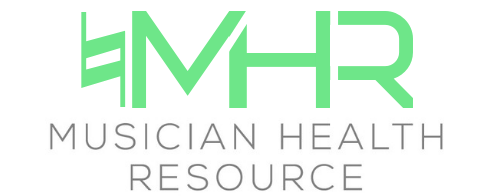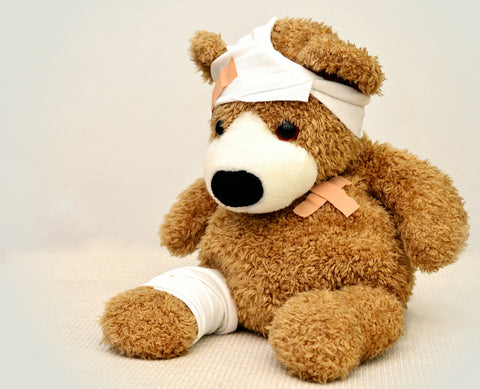Yoga is believed to have originated in India somewhere in the 5th or 6th century BC but didn't begin to gain western prominence until the 20th century when in the 1970's it began to be adapted as a form of exercise.
As a result, the main western forms of yoga tend to involve heavy activity and synchronizing movement and breath into a cycle of flow. Whether you believe in yoga as a religious experience or not, slowing down and experiencing forms of stretching, breathing and movement have undeniable benefits on brainwave patterning, muscle relaxation, strength and posture and stress/anxiety.
As someone who recently started a Yin Yoga practice and in preparation for tomorrow's podcast release with Acro-Yogi, Karen Elaine, I wanted to give a brief summary of the different yoga varieties and encourage you to check them out, if nowhere else, on the "quintessential teacher", YouTube.
Vinyasa
Also known as power yoga, vinyasa is a movement between poses in yoga, typically accompanied by regulated breathing. It has become a popular cross training tool for many athletes due to the endurance required and faster pace of movement. Poses aren't typically held for longer than breath cycle and the heart-rate rises quickly. It's found as a group class in many gyms, often accompanied by music or as part of a HIIT (high-intensity interval training) workout routine.
Ashtanga
A rigorous form of yoga that works up a definite sweat. Popularized by K. Pattabhi Jois, an Indian yogi, it is a vinyasa practice that always follows the same poses in the same order focusing on marrying these poses to a breath. Some studios will have a teacher guiding and some will rely on you to have memorized the flow yourself (perfect for musician Type-A personalities...)
Bikram
Invented about 30 years ago by Bikram Choudhury, this yoga style was the first to begin practicing in rooms that were heated (hot yoga). The style contains 26 poses that, similarly to Ashtanga, follow a set order. While the form gained instant popularity, the name came under some conflict as Bikram brought many legal cases against studios that used his name but didn't follow his set movements. This practice requires extra hydration and caution as the heat can encourage movement beyond your bodies usual capabilities.
Hatha
Hatha Yoga is any type of yoga that teaches physical postures as opposed to religious meditations, which is the majority of western yoga. Hatha Yoga can also be thought of as an introduction to flow yoga as you will receive less of an elevated heart rate exercise but more of a stretching, strengthening and balancing before moving into a set of movements synchronized to the breath.
Iyengar
B.K.S. Iyengar began this practice as a focus on alignment. He would use yogi props like blocks, bolsters and straps to help students find the proper form and muscle activation within poses. While there's no quick movement or flow, a main challenge of Iyengar yoga is training the mind and body to remain still and yet strong. Iyengar yoga is a great way of treating chronic pain or recovering from injury.
Yin
Yin yoga is also known in the west as "restorative yoga". Similarly to Iyengar, Yin yoga uses blocks, bolsters and other props to help students settle comfortably into postures. The main focus of Yin yoga is to ease tension in the nervous system allowing our muscles to relax and elongate. Poses are typically held for extended periods of time encouraging all parts of the body to ease as gravity does its work.
Kundalini
This form of yoga has only recently begun to receive attention in the mainstream. It believes in an energy trapped at the base of the spine that needs releasing. As a result, it is heavy on core work as well as chanting/singing, breathing and meditation along with the flow of postures.
Acro
This is perhaps the newest style of yoga invented in 1999 by Eugene Poku and Jessie Goldberg in Montreal and brought to mainstream knowledge and popularity in 2005-2006 by Jason Nemer and Jenny Sauer-Klein. With lifestyle gurus like Tim Ferris as an active advocate of the practice, this yogic form, which combines acrobatics and yoga along with elements from dance and thai massage movements, is practiced with a partner and a spotter. Poses are held in "flying postures" in a way that can allow gravity to better work toward balance and relaxation while improving trust and connectivity with your partner.
Finding a yoga practice that works for you can be a great cross-training tool for music practice and an opportunity to undo tension and alignment problems caused by extended time with an instrument. I've been committed for a morning yoga home practice for almost a year now and have eliminated hip spasms completely and noticed improved flexibility and alignment.
I'm happy to recommend the YouTube channels Do Yoga With Me and Yoga With Adriene for beginners looking to get started. Remember, our bodies should never limit our art so learn how to train like an athlete to play like a musician.
Less pain and more music!
Karen








